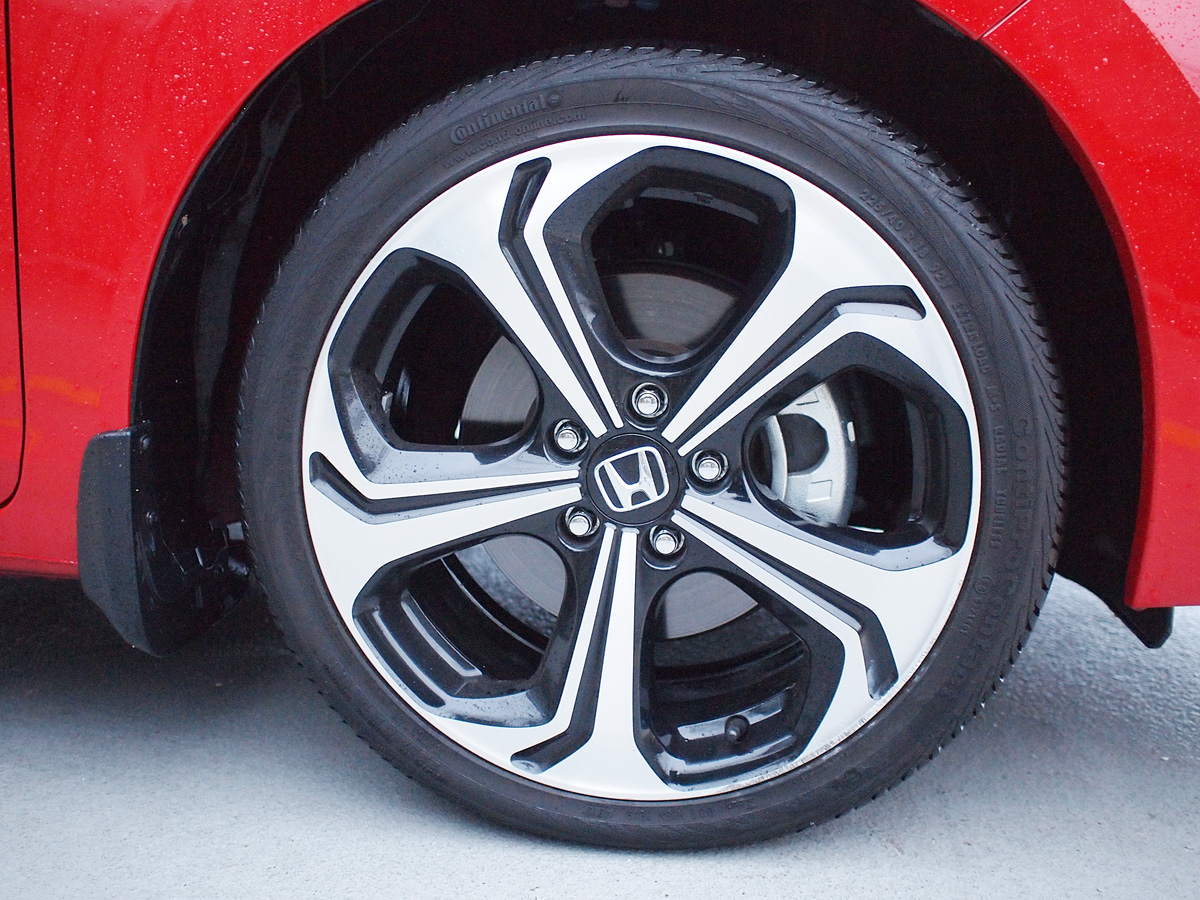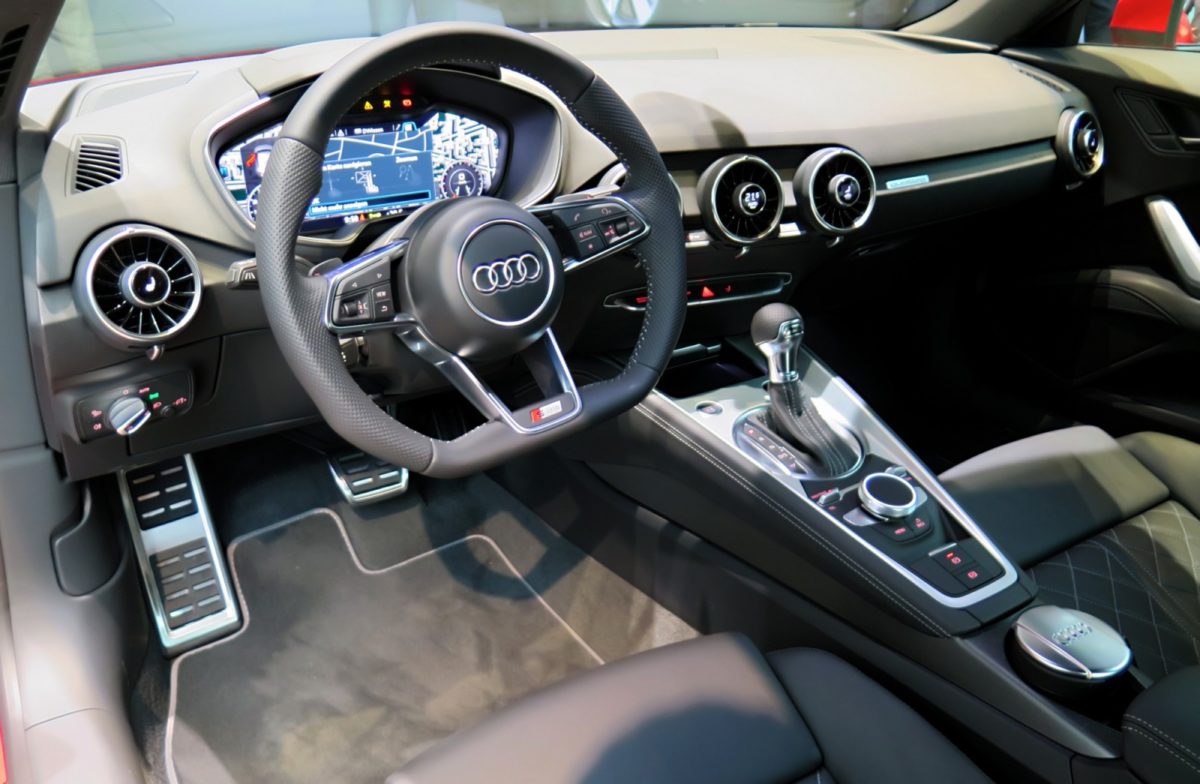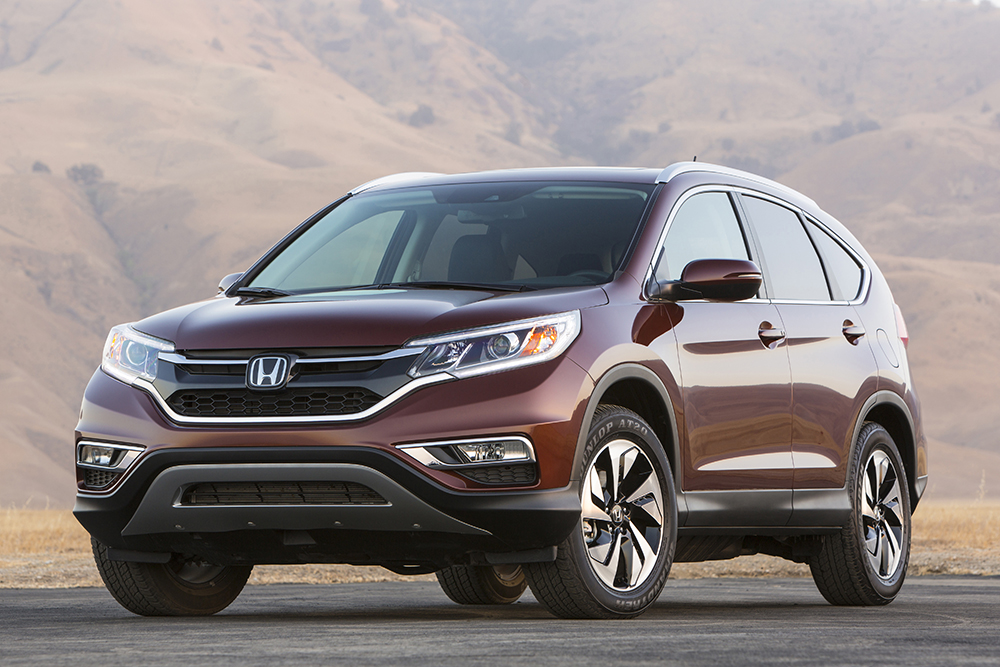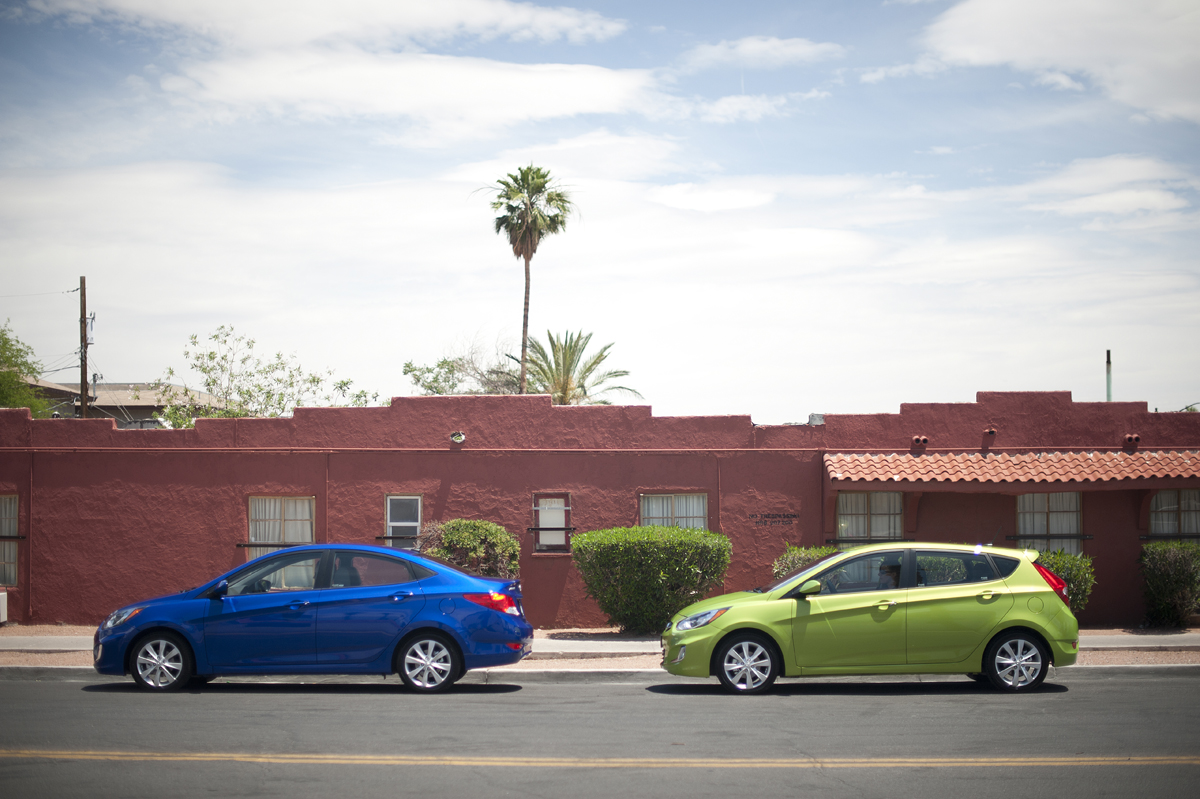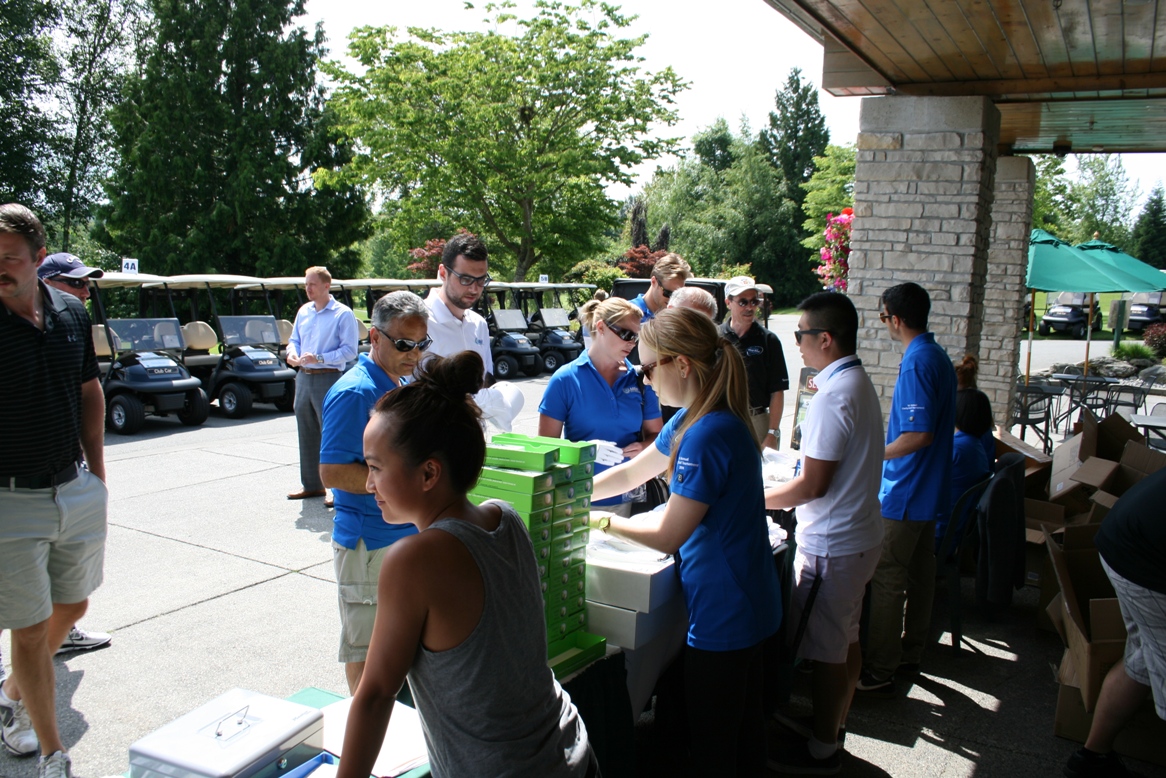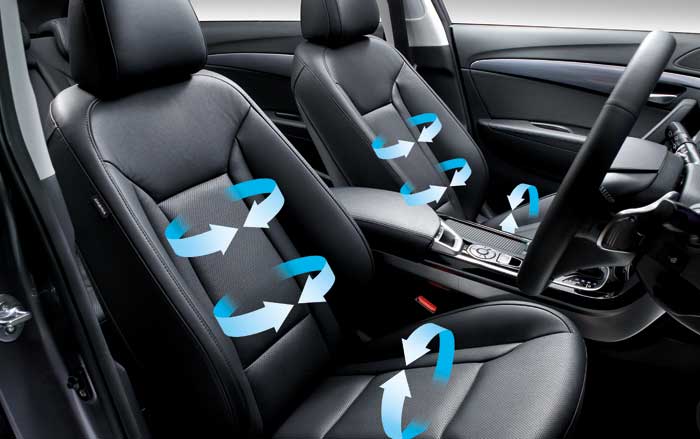Car safety technology package comparison

Like computers and cellphones, vehicles have been leaping forward in the area of tech within the last few years. A lot of the modern electronic innovation has to do with safety, whether it’s making an existing function like cruise control safer by automating part of the process, or trying to prevent accidents by giving the driver tools such as blind spot monitoring to increase awareness.
Every automaker offers some kind of safety feature suite, although they do vary somewhat from brand-to-brand and are sometimes only available on higher-level models, or as part of a larger package. Here is a comparison of what you can get from three popular manufacturers.
Toyota

After driving a vehicle with conveniences like parking aids, it’s hard to go back to doing it the old fashioned way. On the 2015 RAV4 crossover in the AWD Limited trim, customers can opt for the Technology Package (plus $2,135) that includes backup sensors that beep when you get too close to another object, helping avoid bumper dings or worse. It also comes with automatic high beams, blind spot monitor, rear cross traffic alert and lane departure alert.
Infiniti

The new Q50 sedan is one of the most technologically advanced cars in the market right now. For $4,300 more, Infiniti has a Deluxe Touring and Technology Package chock full of goodies like their Around View Monitor.
Using a series of strategically positioned wide-angle cameras, this system provides a 360-degree picture of the vehicle’s surroundings from a bird’s-eye view. Other additions include intelligent cruise control and front seat pre-crash seatbelts that utilize motors to ensure passengers are properly restrained.
Mazda

We all know rear-end collisions are one of the most common types of accidents, and Mazda says 60 per cent of those occur at speeds of 30 km/h or less. That’s why a lot of their safety focus is around braking. The Mazda6 GT with the $2,800 Technology Package adds Smart City Brake Support.

At low speeds, a laser sensor mounted on the windshield monitors the vehicle in front. If the computer detects a collision risk, the brakes are preloaded for maximum efficiency. If the driver doesn’t intervene, the brakes are automatically applied and engine output isreduced.



